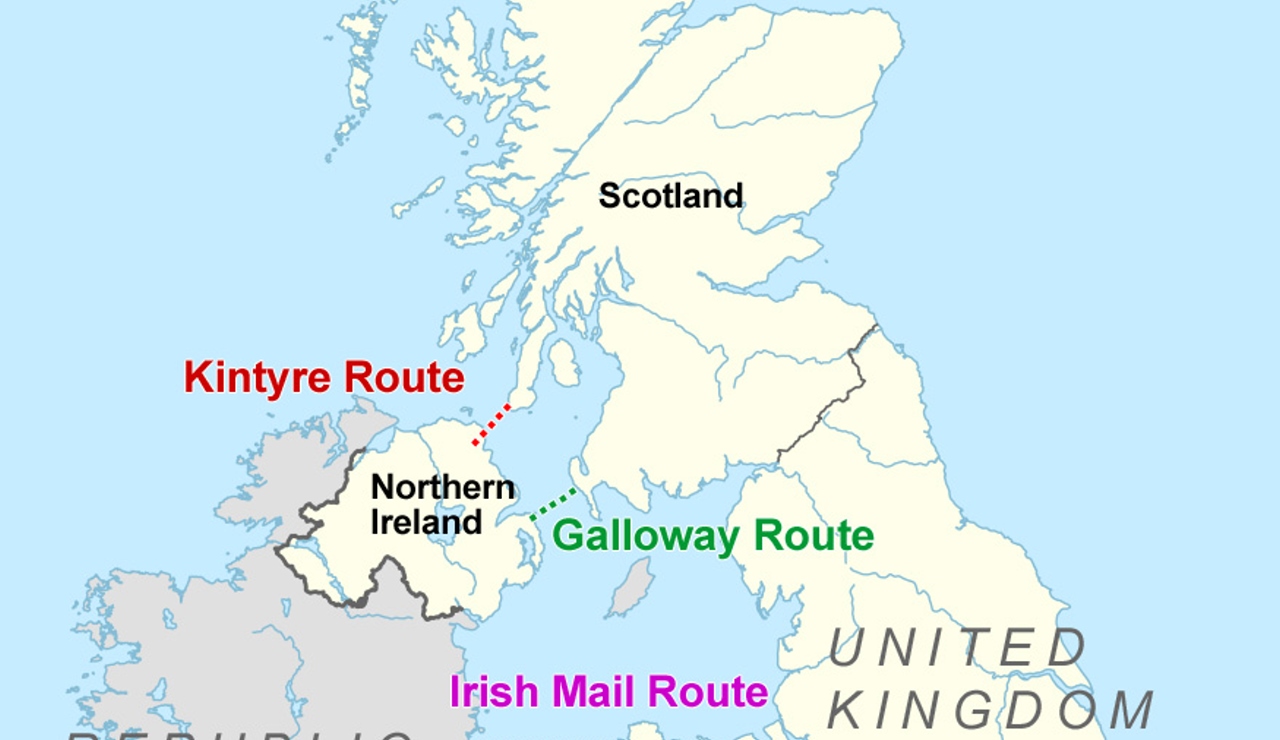Scotland vs Ireland – A Cultural Comparison
With their shared Celtic heritage, similar Gaelic languages, and proximity as neighbors on the British Isles, Scotland and Ireland have much in common. But they also have key differences that make each country unique. This cultural comparison explores similarities and distinctions between these two lands.
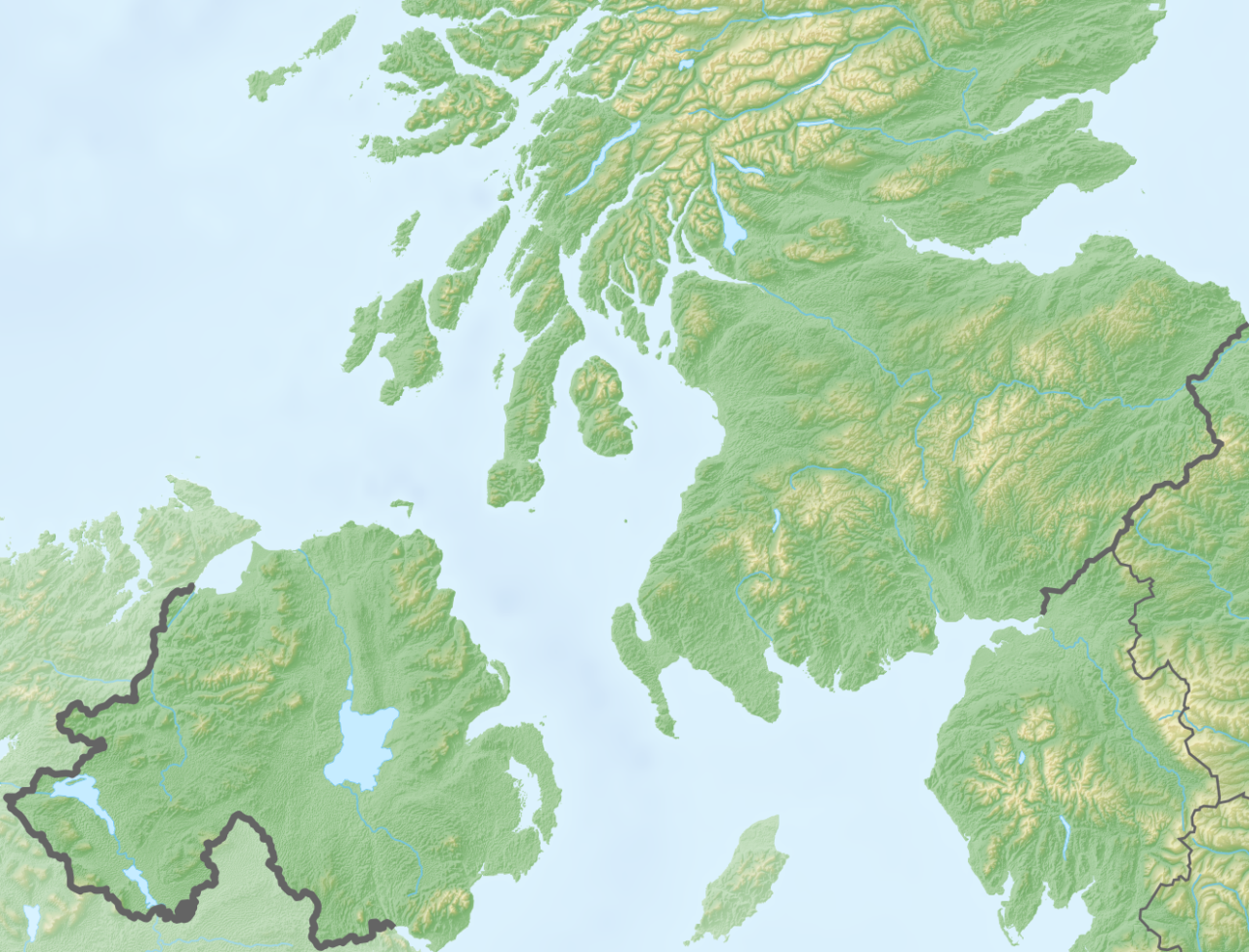
Language
Both Scotland and Ireland have native Gaelic languages that stem from their ancient Celtic roots. Scots Gaelic originated from Old Irish around the 5th century AD when the Scoti tribes from Ireland colonized what is now Scotland. While related, Scottish Gaelic and Irish (Gaeilge) have diverged into distinct languages over centuries. English remains the most widely spoken language in both countries today, though Gaelic influences persist.

Music & Dance
Music and dance are integral parts of Scottish and Irish culture, with similarities in instruments like the fiddle, flute, bagpipes, and bodhran drum. Both traditional music styles often have a melancholy, haunting quality and lengthy ballads recounting history. Distinctive dances like Highland reels and Irish step dancing are iconic as well. Celtic music enthusiasts find much to enjoy in both countries.
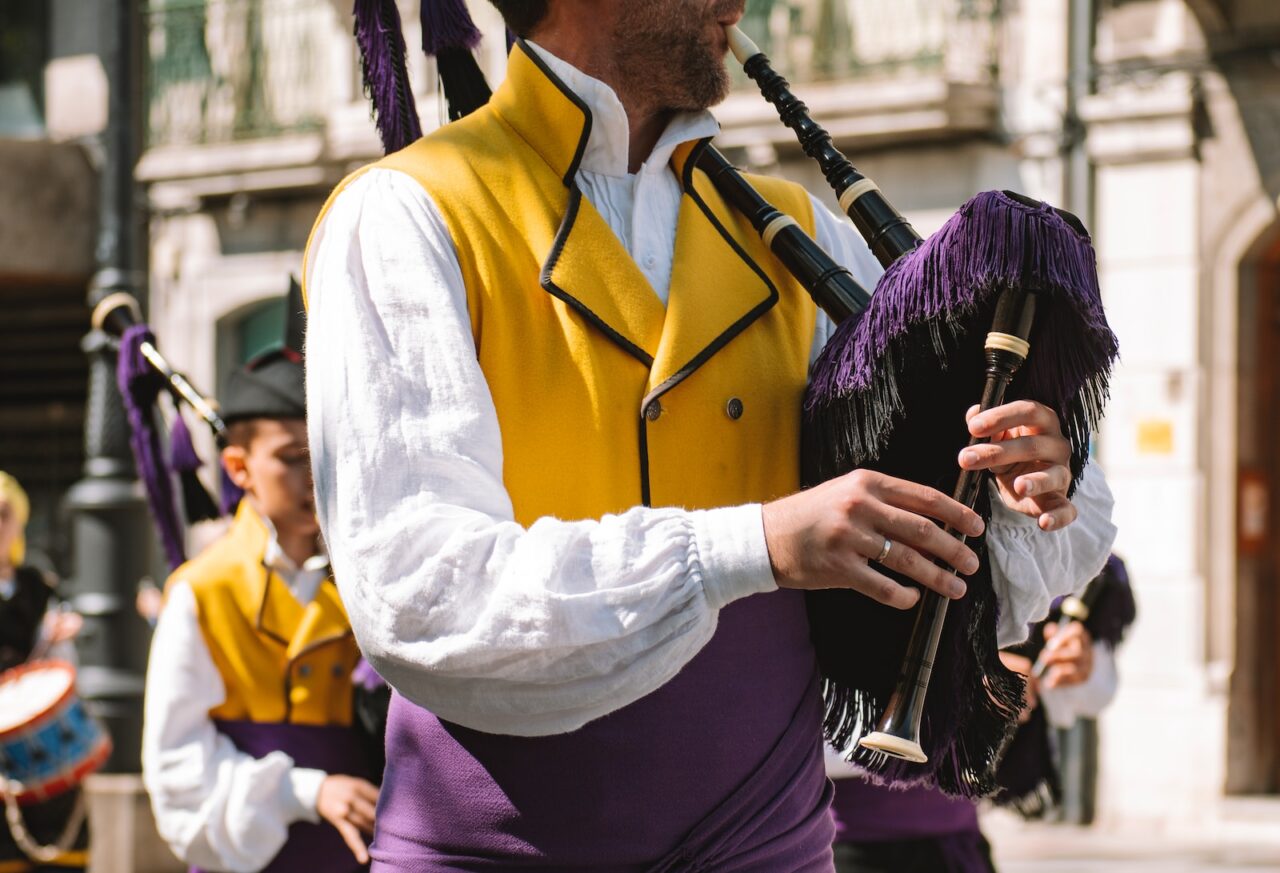
Food & Drink
Traditional dishes like Irish stew and Scottish haggis share lamb, potato, and root vegetable ingredients but differ in recipes. Ireland is known for soda bread; Scotland for oatcakes and shortbread. Whisky production thrives in both, with Irish whiskey and Scotch whisky brands ripe for tasting. Scotland favors beer; Ireland dry stout. But tea remains a staple drink in both cultures.

History & Mythology
Scotland and Ireland share intertwined Celtic histories and mythologies full of epic battles, clans, and larger-than-life figures like Cú Chulainn and Robert the Bruce. Ancient sites like Newgrange passage tomb in Ireland and Scottish Brochs date back millennia. Later conflicts include the Irish struggle for independence and Scotland’s Wars of Independence with England. Their histories molded national identities.
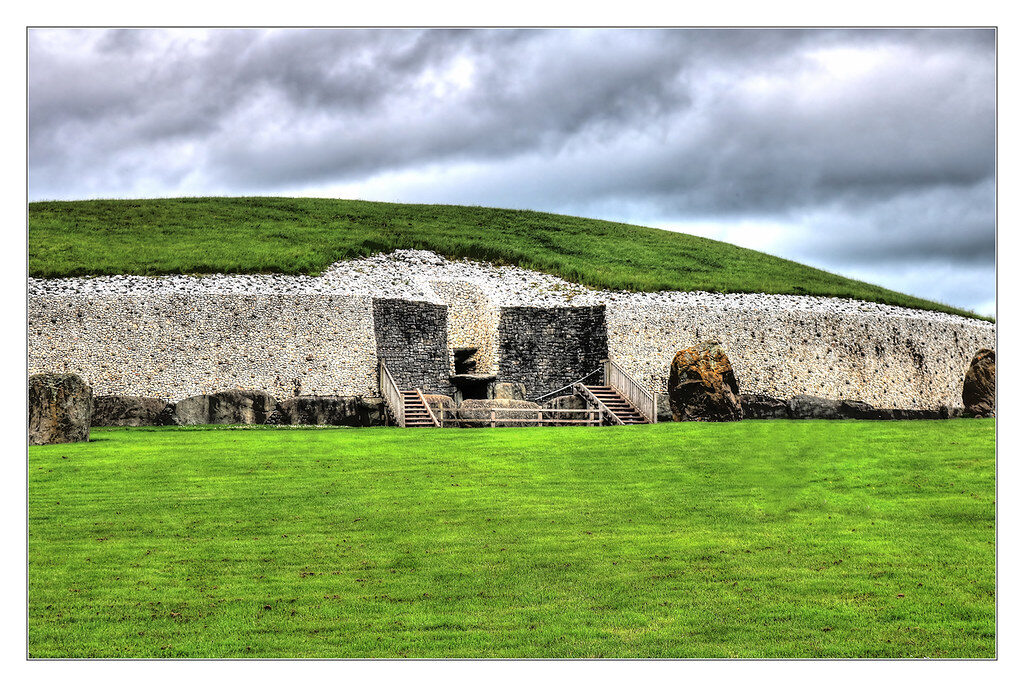
Geography & Scenery
Both blessed with vibrant green pastoral landscapes, Ireland is a bit larger than Scotland and has more rugged coastline while Scotland has rolling green hills and groups of islands. Scotland’s Highlands boast scenic lochs and mountains like Ben Nevis. Abundant picturesque castles dot both countries.

Sports
Gaelic football and hurling are Irish sports that evolved from ancient traditions, while Scotland favors golf and football/soccer. Both enjoy rugby, though Irish teams now compete separately from the UK. Curling originated in Scotland but has spread to Ireland. Football rivalry is friendly yet fierce when Glasgow Celtic faces off against Ireland’s Shamrock Rovers.
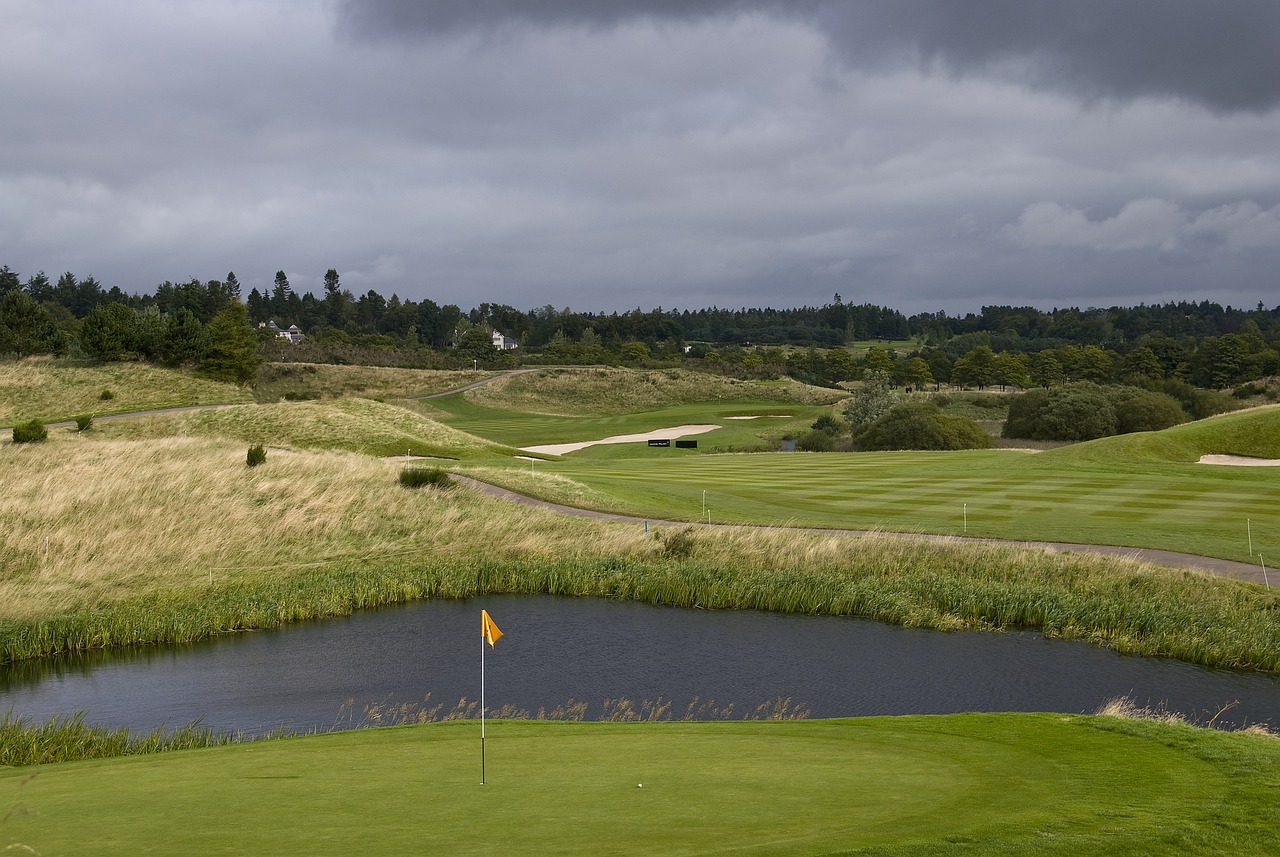
People & Culture
Both populations share Celtic friendliness, storytelling, and humor. But Scotland has a more quiet friendliness with Ireland being a bit more gregarious. Scotland’s culture shows more Nordic reserve while broader invasions and influences gave Ireland a touch more cosmopolitan character. Yet both retain strong pride in their heritage.
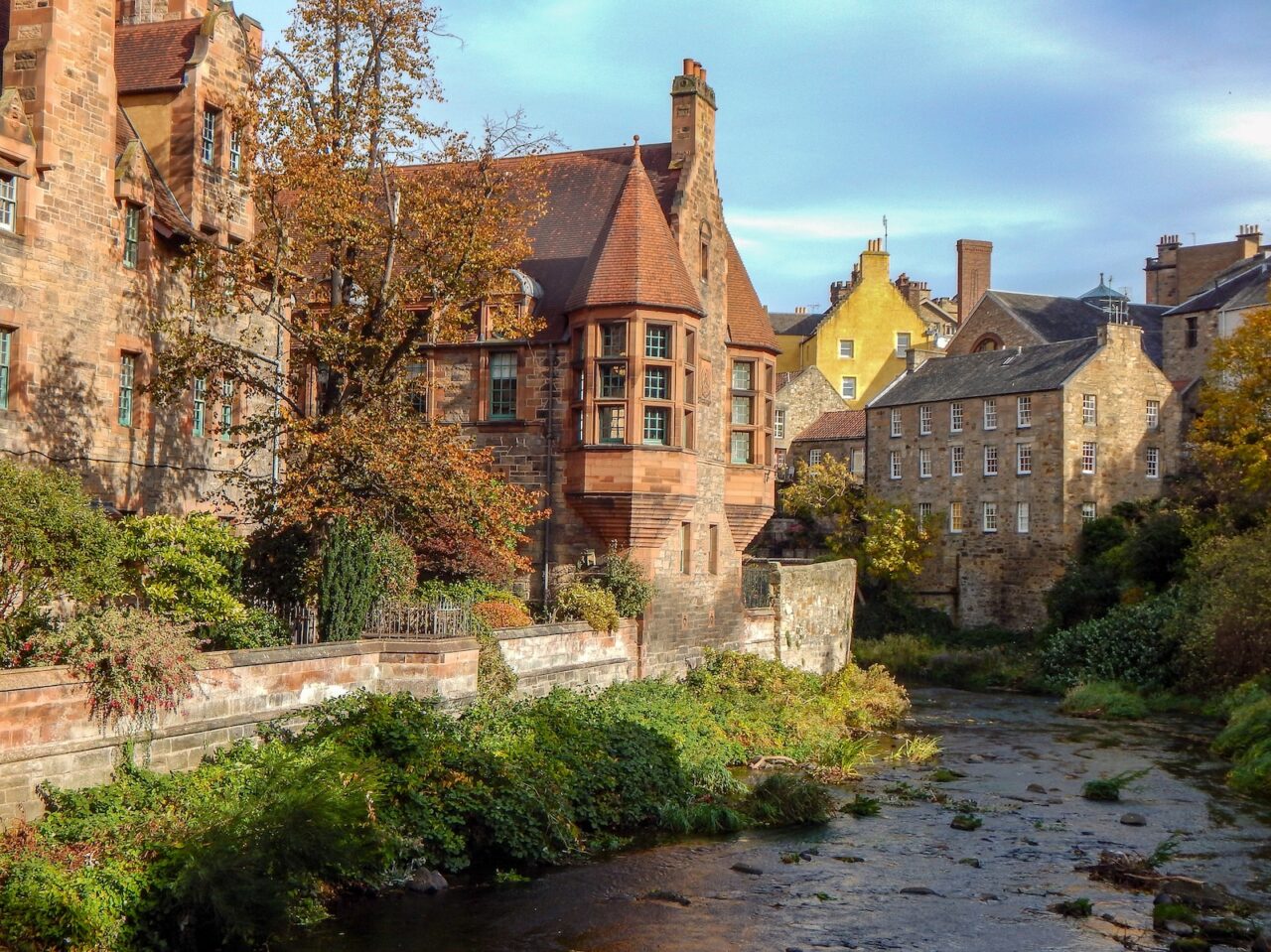
Tourism
Ireland tops Scotland in total visitors and tourism revenue, drawing over 11 million yearly. But Scotland also logs around 3 million tourists annually who come for Scottish castles, Loch Ness, and whisky trails. Both benefit immensely from tourism and both offer a lot to see and do.

While generalities can be drawn, ultimately Scotland and Ireland contain diverse subcultures and complex traits forged over centuries of vibrant histories. Visitors should experience each country for its own charms and character.
Would you like me to elaborate on any of these traits? Let me know in the comments below.

